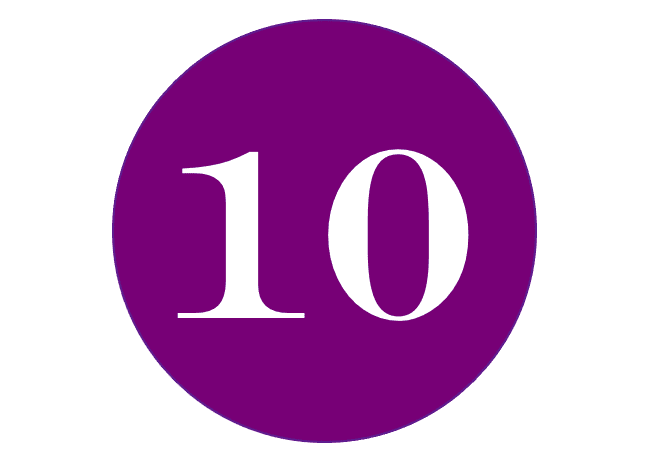
From time to time, its worth reminding ourselves of what OFSTED chooses to comment on when reporting its findings from deep-dive inspections. Most of you won’t have time to read OFSTED’s very detailed research findings so we have highlighted the main headlines.
Substantive knowledge: in history, this refers to knowledge about the past.
Disciplinary knowledge: this refers to knowledge about how historians and others study the past, and how they construct historical claims, arguments and accounts. This is not a set of generic skills, but a complex body of knowledge. Pupils need to build this knowledge over time by encountering a range of meaningful examples of how historians have studied specific aspects of the past and constructed claims and accounts about them.
Specific aspects and features of pupils’ knowledge OFSTED comments on are:
- chronological knowledge: pupils’ knowledge of broader chronological frameworks, narratives and features of historical periods. Think of this in terms of different scales: the broad overview of perhaps centuries and even millennia; changes within a specific period, usually hundreds and tens of years; a narrative of certain key events, usually years.
- terms, concepts and phenomena:much of what pupils learn will be unique to the historical context.
- terms:labels given to particular historical events or phenomena,
- concepts:abstract ideas that share some features across different contexts. They can be more or less specific, for example ‘nationalism’, ‘living standards’ or ‘power’
- phenomena:events, developments or aspects of societies that share some features in different contexts, for example ways that cities can influence social or political developments or ways that rulers such as Elizabeth I have projected an image of authority
- gaps in pupils’ knowledge: clearly pupils can’t just jump willy-nilly between periods without connecting them, but this does not mean that topics must be taught in chronological order
- richness: Pupils’ knowledge is wide ranging, detailed, connected and complex.







